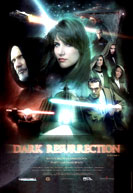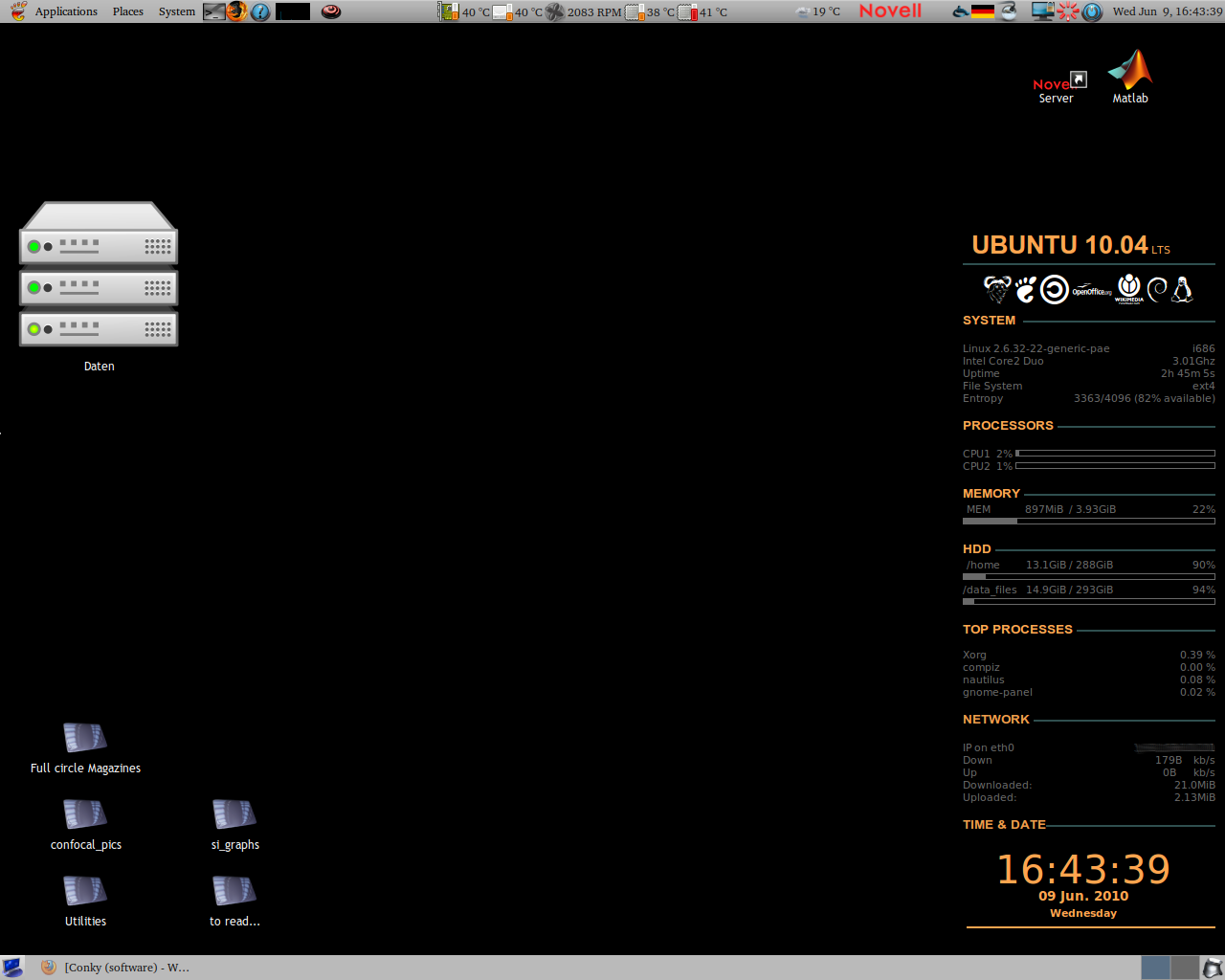
Article wrote by: Francesco Di Leo
Actually, I tried them all, from the mythical Beagle to Tracker. Beagle is now in effect a dead project. It was quite interesting, able to search many types of files and miscellaneous information, but personally I was not willing to use so many resources for Mono. Patience, they had developed from the outset with the standard libraries perhaps it might be on all computers. I tried other less known programs, Catfish, Pinot and some other that escapes me, cursed memory, up to lead to Tracker a searching program for files (and information) for Gnome. Until version 0.6 it seemed that someone had finally decided to engage seriously in the implementation of a program that allowed me to not always use the memory to remember which file or e-mail contained the information i was searching for. I was promptly denied (and betrayed).
 One thing I found very interesting about Linux is the ability to have a whole series of classic games already present on your distribution, and therefore easy to install.
One thing I found very interesting about Linux is the ability to have a whole series of classic games already present on your distribution, and therefore easy to install.
What do I mean as classic game ?
Games released prior to 2000 on Amiga or perhaps on other operating systems and now ported to Linux.
Follow me in this series of old games (as a concept), but always enjoyable and funny.
 I know that is not related to items usually presents on this blog about Linux and open source, but today I want to present to you the project “Dark Resurrection“.
I know that is not related to items usually presents on this blog about Linux and open source, but today I want to present to you the project “Dark Resurrection“.
Dark Resurrection is an experimental Non-Profit movie inspired by Star Wars and split into two episodes lasting 60 minutes each.
Even if it has been realized with limited means and with a very low budget (approximately 7000 Euro) the LucasFilm itself, after having watched the trailer, defined it “Truly Amazing”.
Result of both digital technology and creator’s passion, this project has attracted the attention of the most important italian magazines (Ciak, Jack, XL, Panorama etc etc).The cast is mainly composed by amateurs, but there are also several professionals who have been attracted by all the rumors generated by the trailer on the web. These professional actors decided to offer their collaboration for free.”
 It seems almost incredible, but www.linuxaria.com has reached its first 100 articles, I take this opportunity to thank all those who followed and contributed to the success of the Blog, and also to make some statistic and publish the top 10 (for rating among the first 100 published articles) .
It seems almost incredible, but www.linuxaria.com has reached its first 100 articles, I take this opportunity to thank all those who followed and contributed to the success of the Blog, and also to make some statistic and publish the top 10 (for rating among the first 100 published articles) .
But first a bit of promotion, if you like the site, prove it to me and do not miss a single item via:
 In a former article we have saw how to use a terminal to check the status of a process or the resources of our machine, but sometimes (on desktop usually) it can be handy to have all the information in a corner of our screen.
In a former article we have saw how to use a terminal to check the status of a process or the resources of our machine, but sometimes (on desktop usually) it can be handy to have all the information in a corner of our screen.
With Linux this is possible and today we’ll see 2 system monitor tools: Conky and Gkrellm.
In general a system monitor is a hardware- or software- based system used to monitor resources and performance in a computer system.
Software monitors occur more commonly, sometimes as a part of a widget engine. These monitoring systems are often used to keep track of system resources, such as CPU usage and frequency , or the amount of free RAM. They are also used to display items such as free space on one or more hard drives, the temperature of the CPU and other important components, and networking information including the system IP address and current rates of upload and download. Other possible displays may include the date and time, system uptime, computer name, username, hard drive S.M.A.R.T data, fan speeds, and the voltages being provided by the power supply. Continue reading »
